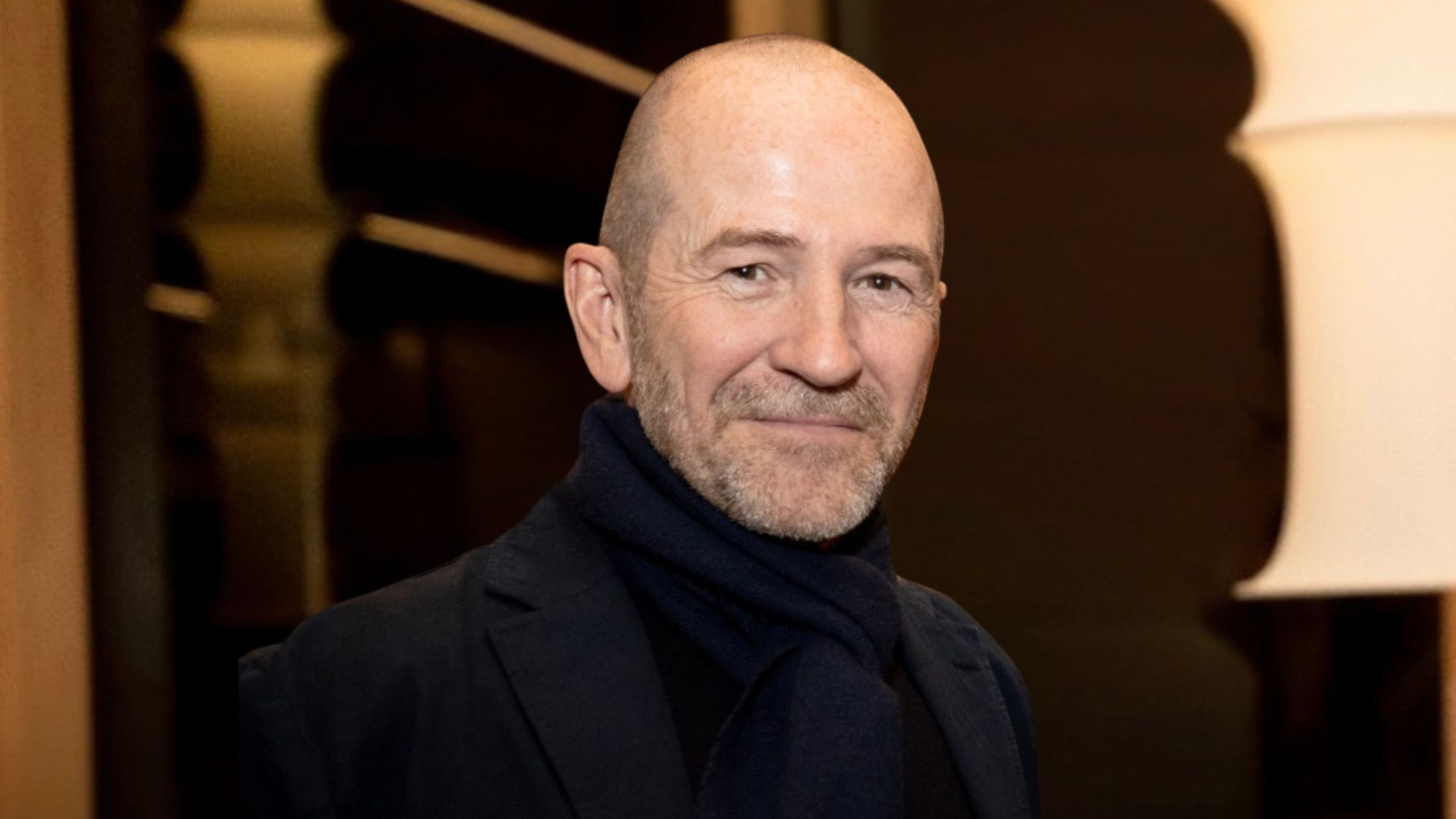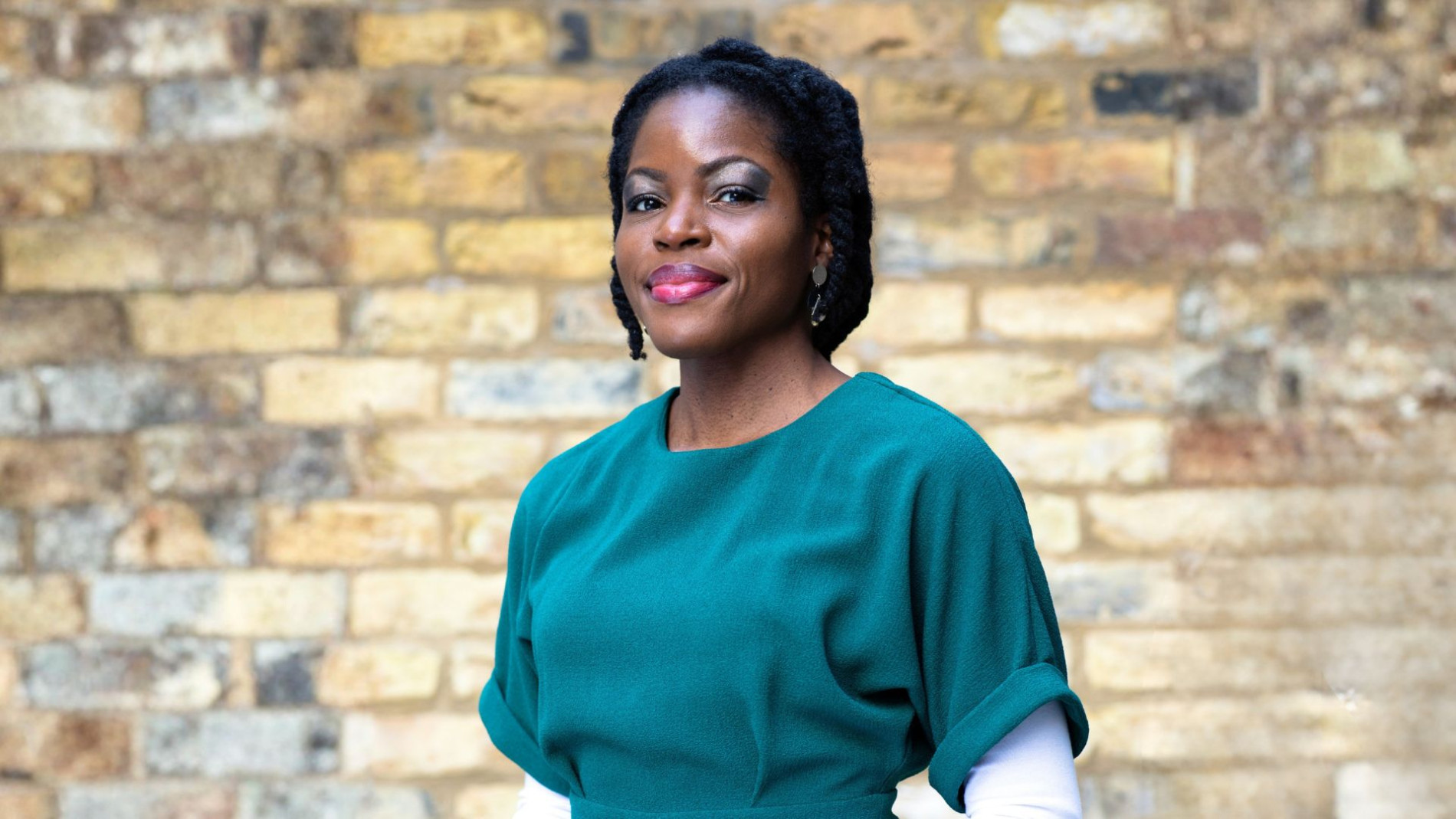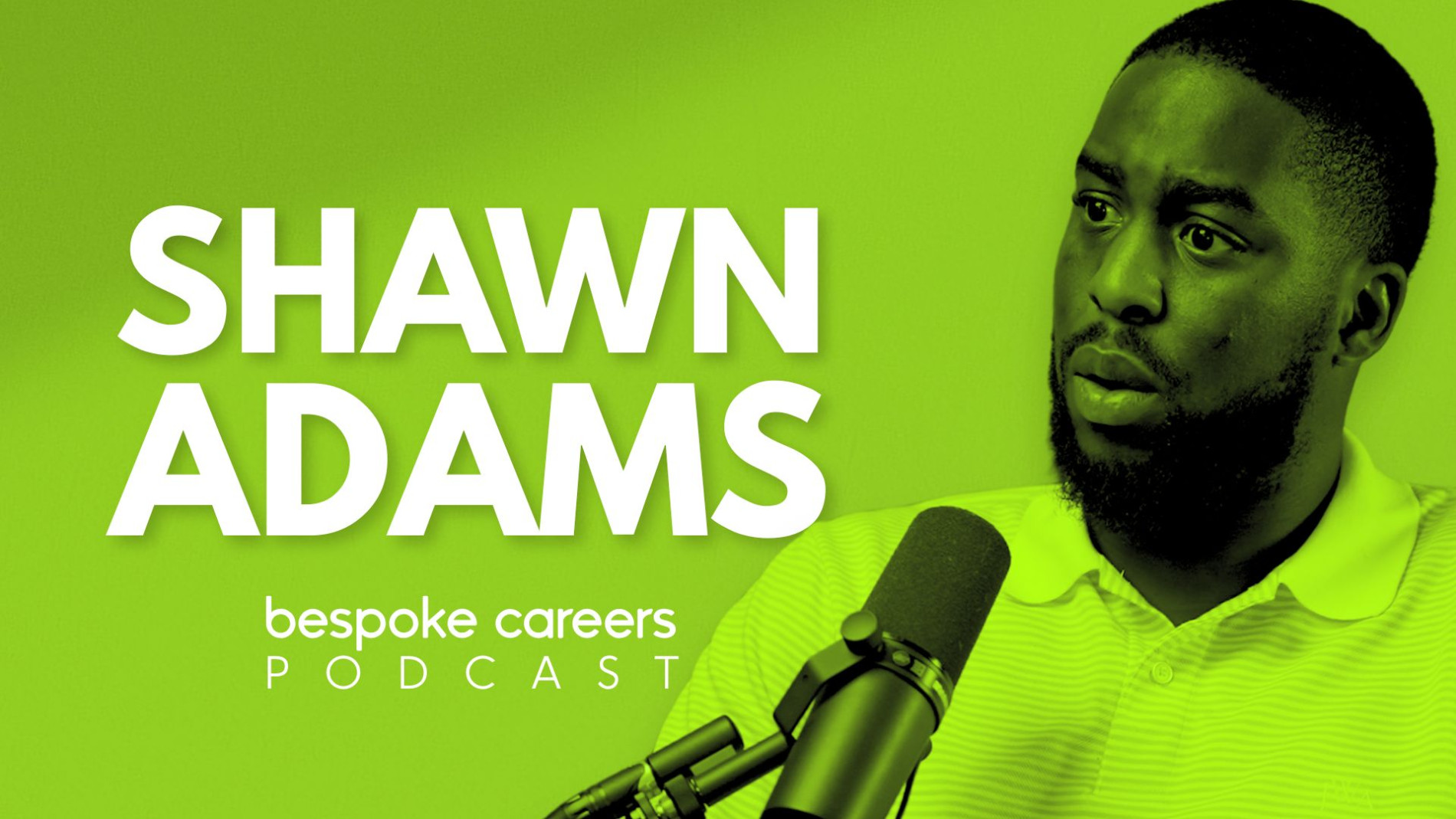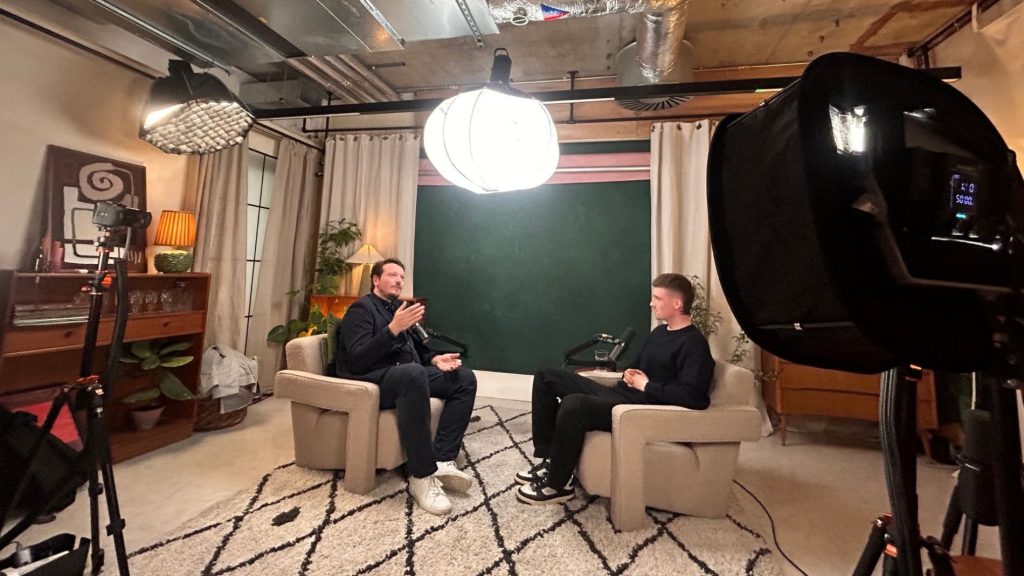
Thomas Rowntree on architecture school, online influence and doing it his way
Thomas spoke to Chris Simmons about navigating architecture school without a blueprint, the realities of early career practice, and how building a personal brand opened doors the profession didn’t.
Thomas Rowntree is an architectural designer and content creator. Alongside practice, he’s built a large online following by sharing honest, practical insights into architectural education, early career experience and the realities of the profession.
His content focus on visual communication, productivity, and creative workflows for students and young professionals. He is part of a growing group of designers using content to make architecture more accessible.
Why architecture?
My answer will probably change and has changed over the past few years. It’s evolved and developed. Architecture for me is about the multidisciplinary potential and the interlinking between the many different creative facets that link with architecture. You’ve got things like graphic design, interior design, landscape design, media, movie, social media. I think that exploration and the crossover just excites me. I like the exploration that comes with architecture.
On architecture school
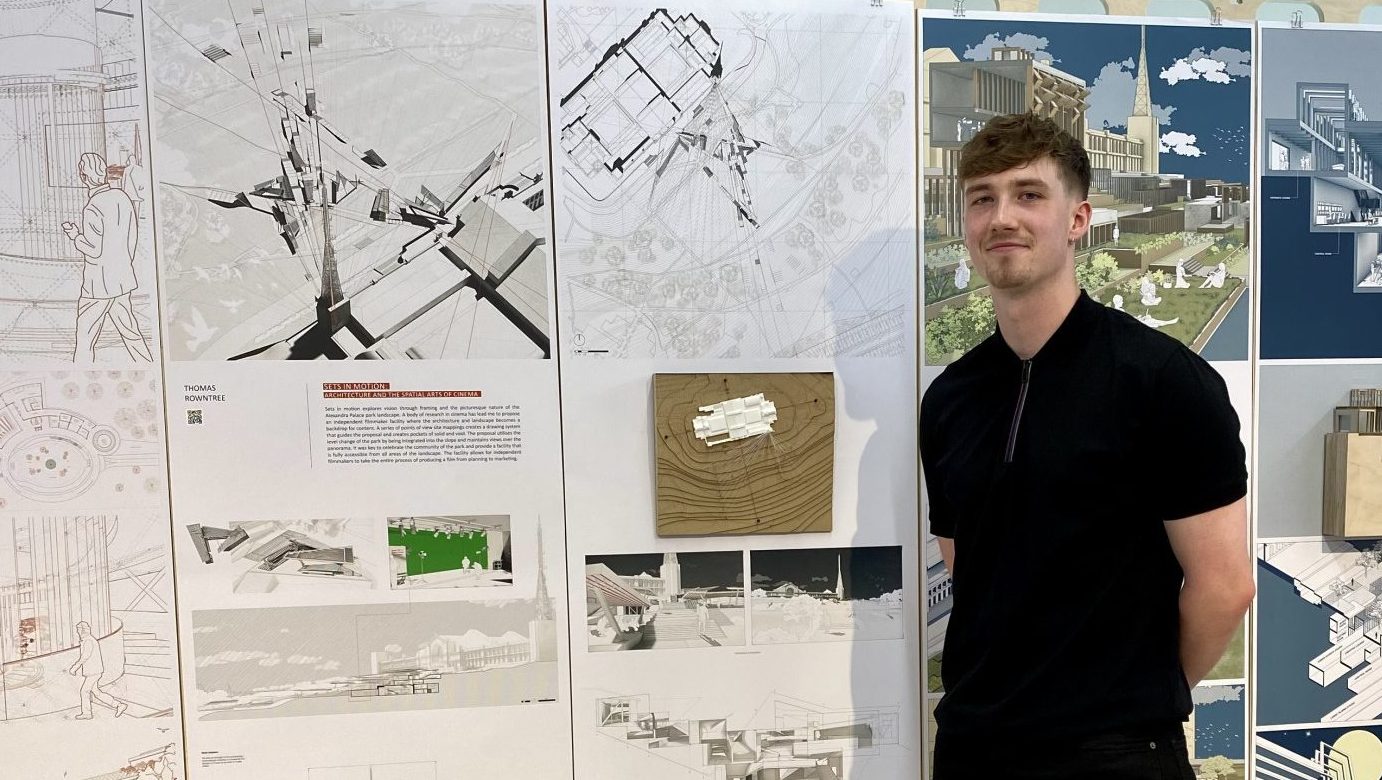
Thomas completed his Part II at the University of Westminster in London
I went into architecture school completely blind. I had no idea what I was going into. I even remember my first week, someone asked me “who’s your favourite architect?”, or “what’s your favourite building?”, and I genuinely didn’t have an answer. Pretty much everyone else there had a background, or a family member who was an architect. For me, it was quite a shock. But it was also a benefit, because I went in with full creativity. I wanted to explore things.
On early influences
I think I’m going to give the same answer as most people: Lego. Every year I’d get a set for Christmas and spend the whole day building. Someone once said to me, when I was about five, “You’d be a good architect.” It stuck. I also loved art and graphic design at school, so architecture naturally pulled all those interests together. But I didn’t grow up around architects. I had no idea what the job actually involved.
On making YouTube videos
I was into fitness and followed loads of people online who were documenting their training, their routines, their day-to-day life. When I started architecture school, I looked for the same thing, someone showing what it was actually like, and there was nothing. One day during a busy deadline, I filmed what I was doing and uploaded it as a ‘day in the life’ video. It took off straight away. I didn’t realise it at the time, but I’d tapped into something no one else was doing: showing the real side of architecture school.
On balancing study and content creation
At times I probably didn’t balance it very well. I still run myself into the ground. But I always put systems in place. I planned everything. I wrote lists: daily, weekly, monthly. I had a whiteboard in my room at uni and I’d write down my week and everything I needed to do. Once you’ve got a plan, it’s just discipline. That helped me stay consistent, and I was really passionate about creating, which kept me going.
On starting a Part 1 role remotely
It was a challenge. You miss the small interactions like asking a quick question, overhearing conversations, learning from the people around you. Working from home slowed that down massively. I had to type out questions on Teams or wait to call someone, and by then the moment had passed.
On working from home versus office
You need the studio energy: the casual conversations, the background noise, the chance to absorb how things get done. It’s those moments when you overhear something or pick up an idea that really help you learn.
On why architects need personal brands
Social media gives you a competitive edge. It’s the interview before the interview. If someone’s already seen how you think, how you talk, how you work, you’re already ahead. And for practices, it’s the same: showing your culture and your approach helps attract the right people.
On communication as a core skill
Architecture is communication. Whether it’s a sketch, a model, a set of drawings or a presentation, you’re trying to get your ideas across clearly. I learned a lot about that from making videos. You have 30 seconds to grab someone’s attention online, and that same skill applies in meetings, crits, and client presentations. If you can’t explain your idea simply, it won’t land.
On advice for young architects
Stay open. Keep learning. There’s so much in this profession you’ll never reach the end of it, and that’s the point. You don’t need to stick to one narrow path. The skills you build in architecture are valuable across loads of industries. Be curious, try new things, and don’t assume the traditional route is the only one.

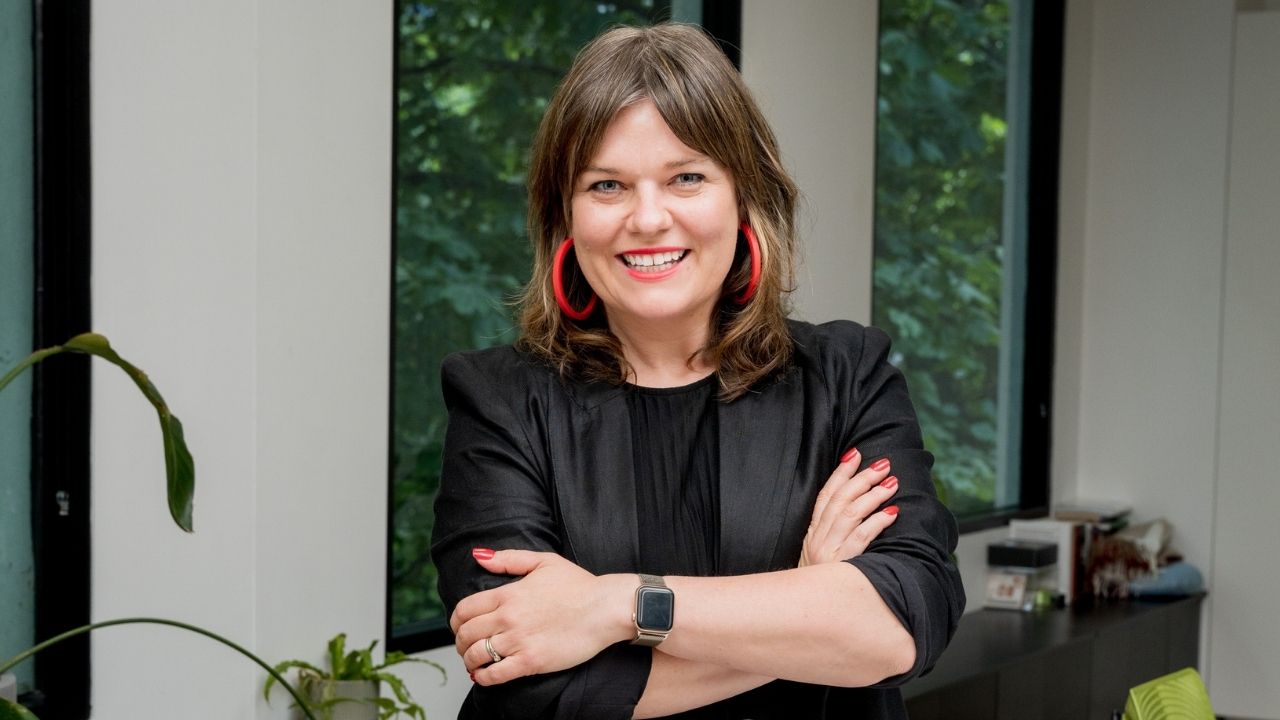
Looking to hire top talent
 or advance your career? Let's talk.
or advance your career? Let's talk.
We connect exceptional firms with talented professionals.
Let’s discuss how we can help you achieve your goals. Get in touch with the team today.
Related Posts

When a prospective candidate Googles your firm, what do they see? While architecture and design firms generally understand the importance of optimising their websites to appeal to potential clients, they often overlook the importance of doing the same to attract new hires.
It’s a well-known fact in marketing that a brand’s employees make the best influencers, especially on social media channels. Employee advocacy helps businesses achieve results that standard messaging can’t achieve alone.
From studying at Yale to leading global megaprojects like Changi Airport and Hudson Yards, Forth shares what’s changed in the profession, why architecture is a service business, and how to lead without losing the joy in design.
